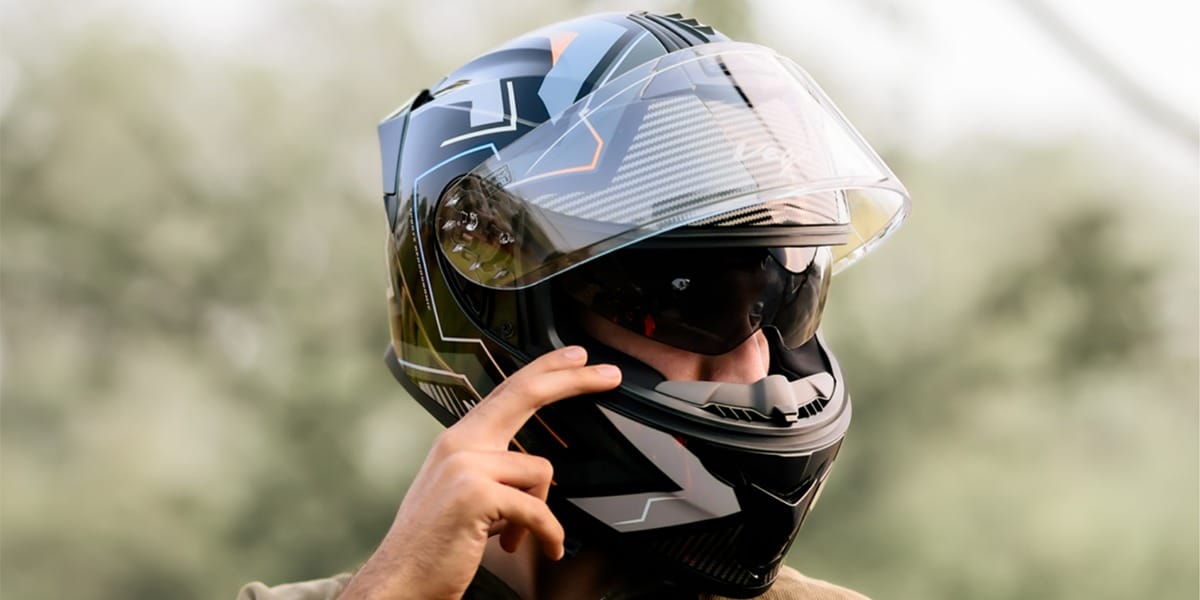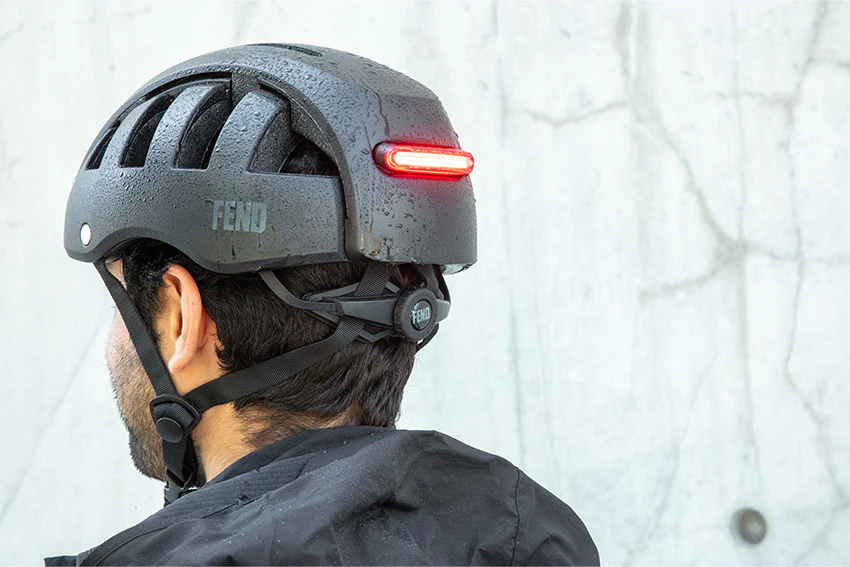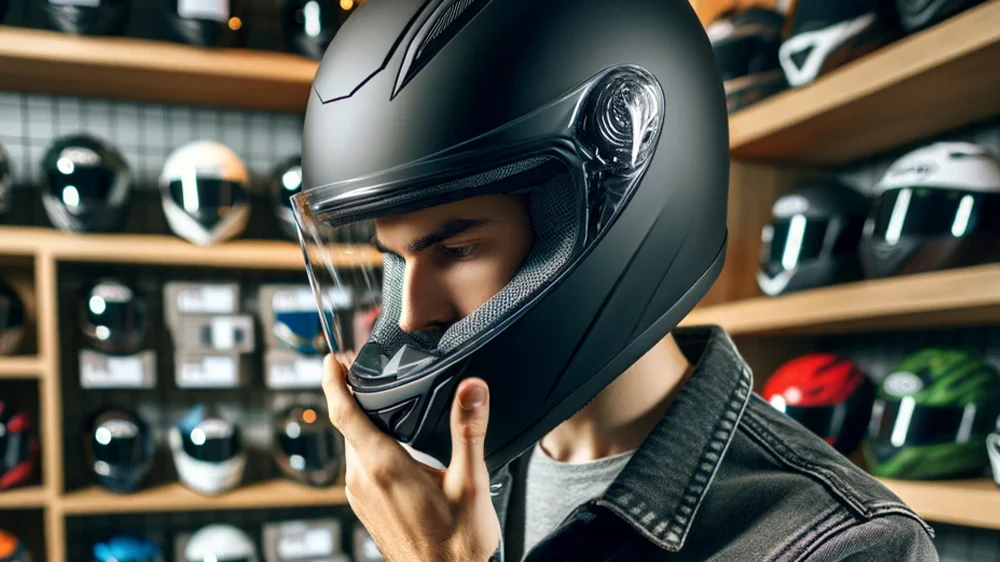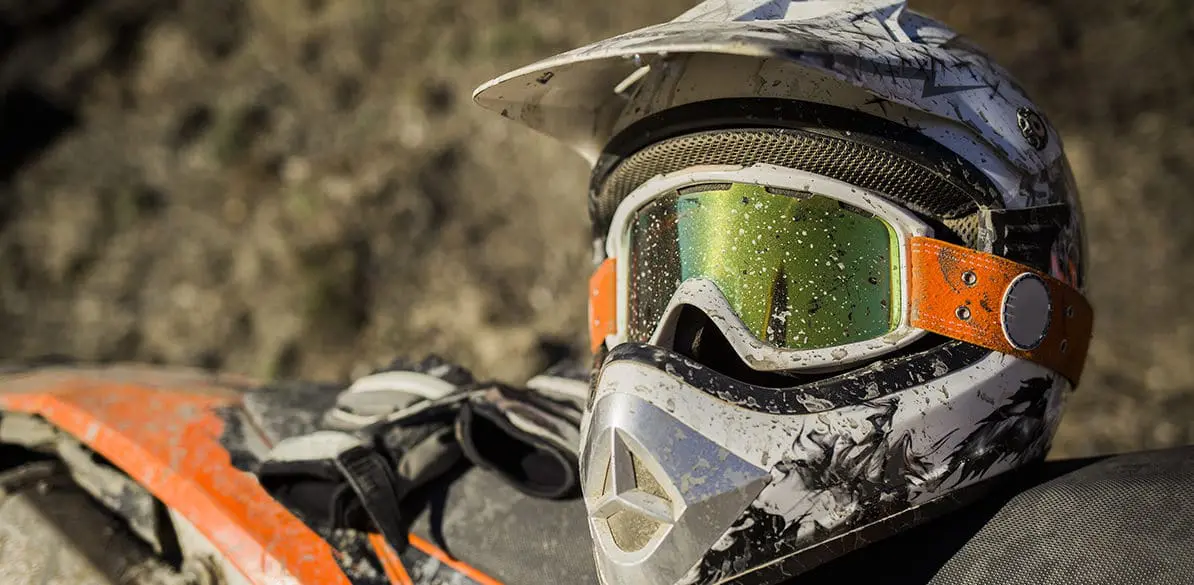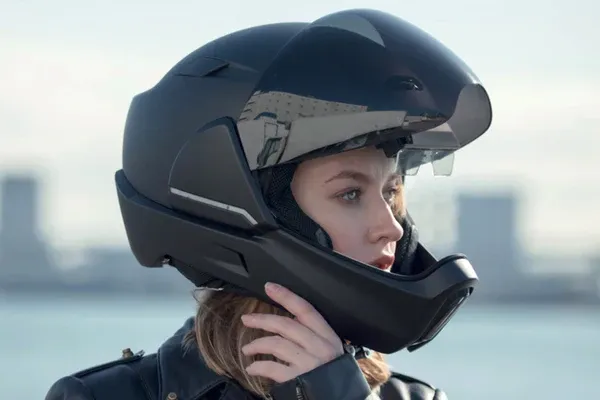A helmet visor is more than just an accessory—it’s an essential part of your helmet that enhances both safety and comfort. Whether you’re riding during the day or at night, in sunny weather or foggy conditions, the right visor can make all the difference. In this article, we’ll explore the various helmet visor options, how they affect your riding experience, and which one is best for your needs.
Types of Helmet Visors
1. Clear Visor
A clear visor is the most common visor option, providing full visibility in both bright and low-light conditions. It’s perfect for riders who need maximum clarity and want to see clearly in a variety of environments. Clear visors are usually made from durable, scratch-resistant materials to ensure they stay in top condition.
-
Best for: All-day riding in normal conditions.
-
Pros: Ideal for visibility in all light conditions.
-
Cons: Offers no protection from the sun or glare.
2. Tinted Visor
A tinted visor offers some protection against the sun, reducing glare and helping riders maintain visibility on bright, sunny days. This type of visor comes in various shades, including smoke, gray, and amber, depending on your preference and the light conditions you typically encounter.
-
Best for: Daytime riding in bright sunlight.
-
Pros: Reduces glare and improves comfort in bright conditions.
-
Cons: Can be too dark for cloudy or low-light conditions.
3. Mirrored Visor
A mirrored visor features a reflective coating that provides extra protection from the sun’s rays, similar to a tinted visor, but with a stylish twist. These visors are designed to reduce glare and improve visibility while also giving your helmet a sleek, modern look. They’re popular among riders who want both functionality and style.
-
Best for: Riding in intense sunlight or for a stylish look.
-
Pros: Reduces glare and offers a unique appearance.
-
Cons: Can make visibility difficult at night or in low-light conditions.
4. Photochromic Visor
A photochromic visor automatically adjusts its tint based on the amount of light it’s exposed to. In bright sunlight, it darkens to protect your eyes, and in lower light conditions, it lightens for clearer visibility. This versatility makes photochromic visors ideal for riders who don’t want to switch visors during their ride.
-
Best for: Riders who frequently encounter changing light conditions.
-
Pros: Self-adjusting tint for all-day use in various lighting.
-
Cons: More expensive and may not be as dark in intense sunlight as a dedicated tinted visor.
5. Anti-Fog Visor
Fogging is a common issue for motorcyclists, especially when riding in cold or humid conditions. An anti-fog visor helps prevent fog build-up by using special coatings or ventilation features. Some helmets also come with an anti-fog insert that attaches to the inside of the visor, helping to ensure clear vision in wet or cold weather.
-
Best for: Riding in cold, damp, or humid environments.
-
Pros: Keeps your visor clear in foggy conditions.
-
Cons: May need reapplication or maintenance over time.
6. Pinlock-Ready Visor
Some helmets come with Pinlock-ready visors, which allow you to attach a Pinlock insert to prevent fogging. The Pinlock system is a separate, fog-resistant layer that fits inside the visor and creates an airtight seal, maintaining clear visibility even in the toughest conditions.
-
Best for: Riders who need extra protection against fog in extreme conditions.
-
Pros: Effective anti-fog solution for long rides.
-
Cons: Requires a Pinlock insert for use.
How to Choose the Right Helmet Visor
When choosing the best visor for your helmet, consider the following factors:
-
Riding Conditions: If you mostly ride during the day in bright sunlight, a tinted or mirrored visor might be best. For nighttime or all-around visibility, clear or photochromic visors are better.
-
Weather and Climate: In colder climates or humid conditions, anti-fog and Pinlock options will help keep your visor clear.
-
Personal Preference: Consider the style and look of your helmet. Mirrored visors, for example, add a unique aesthetic, while clear visors offer classic simplicity.
Additional Features to Consider
-
UV Protection: Many visors come with built-in UV protection, which helps protect your eyes from harmful sun rays during long rides.
-
Scratch Resistance: Look for visors made from scratch-resistant materials to keep your visor in good condition.
-
Ease of Replacement: Some helmets have quick-release mechanisms that allow for easy visor swapping if needed.
Final Thoughts
Your helmet visor is an important part of your riding gear, providing protection from the elements and enhancing your overall riding experience. Whether you choose a clear, tinted, mirrored, or photochromic visor, selecting the right one for your needs can make your ride more comfortable and enjoyable. Don’t forget to also consider additional features like anti-fog coatings or UV protection for added performance. Choose wisely, and ride with confidence!

